
Summary of the 2nd training “Pathways for Combating Hate Speech” intended for media representatives
2nd Training entitled “Pathways for Combating Hate Speech” took place. It was informative and participatory. There were in total 26 journalists representing 15 media institutions.
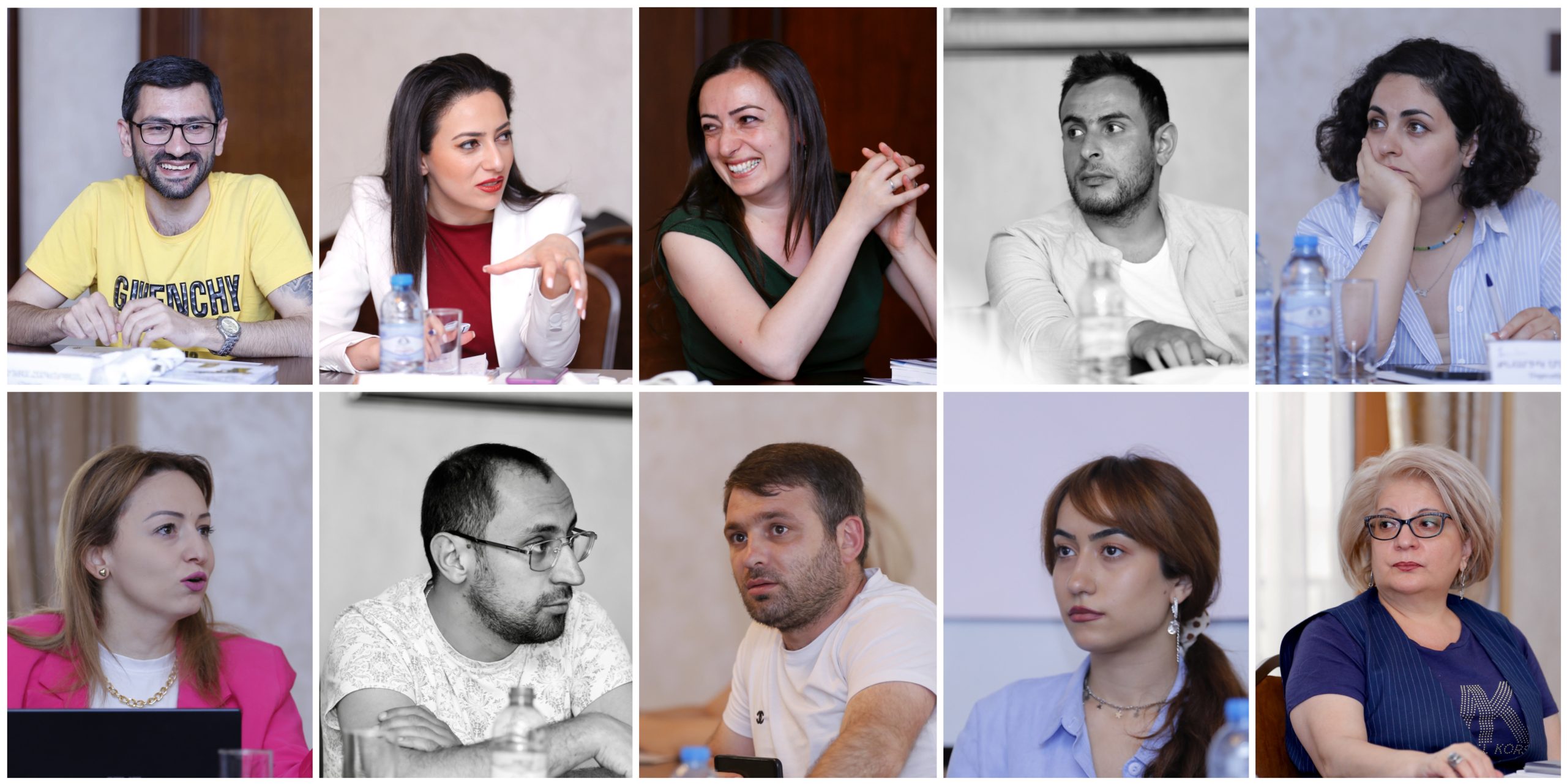
Before the start, the chairperson of the ILP NGO Tatevik Matinyan and project expert, lawyer Norayr Baghdasaryan delivered opening speeches.
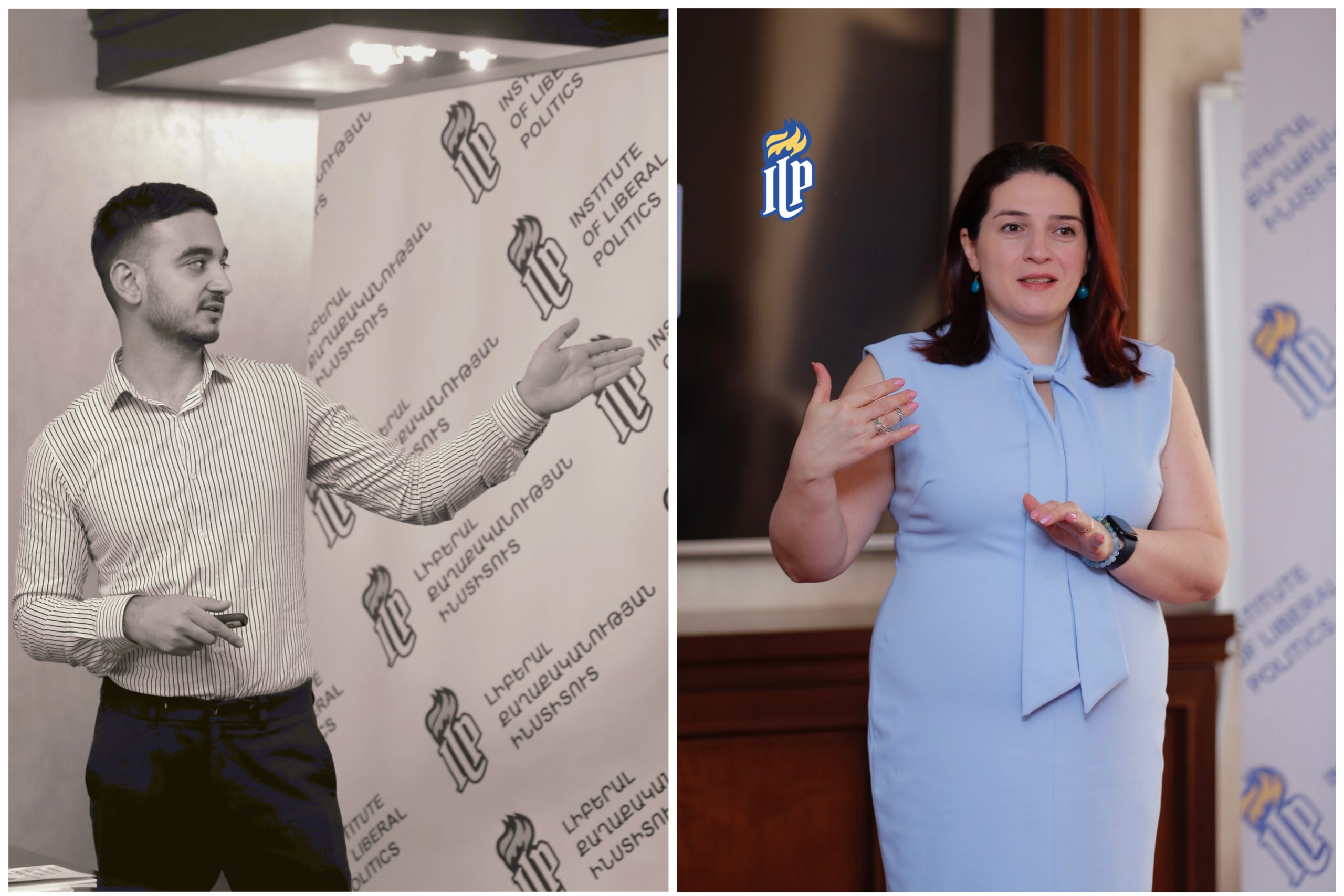
Through active discussions and the use of various, including digital tools, participants were provided with a new set of knowledge. The speakers were:
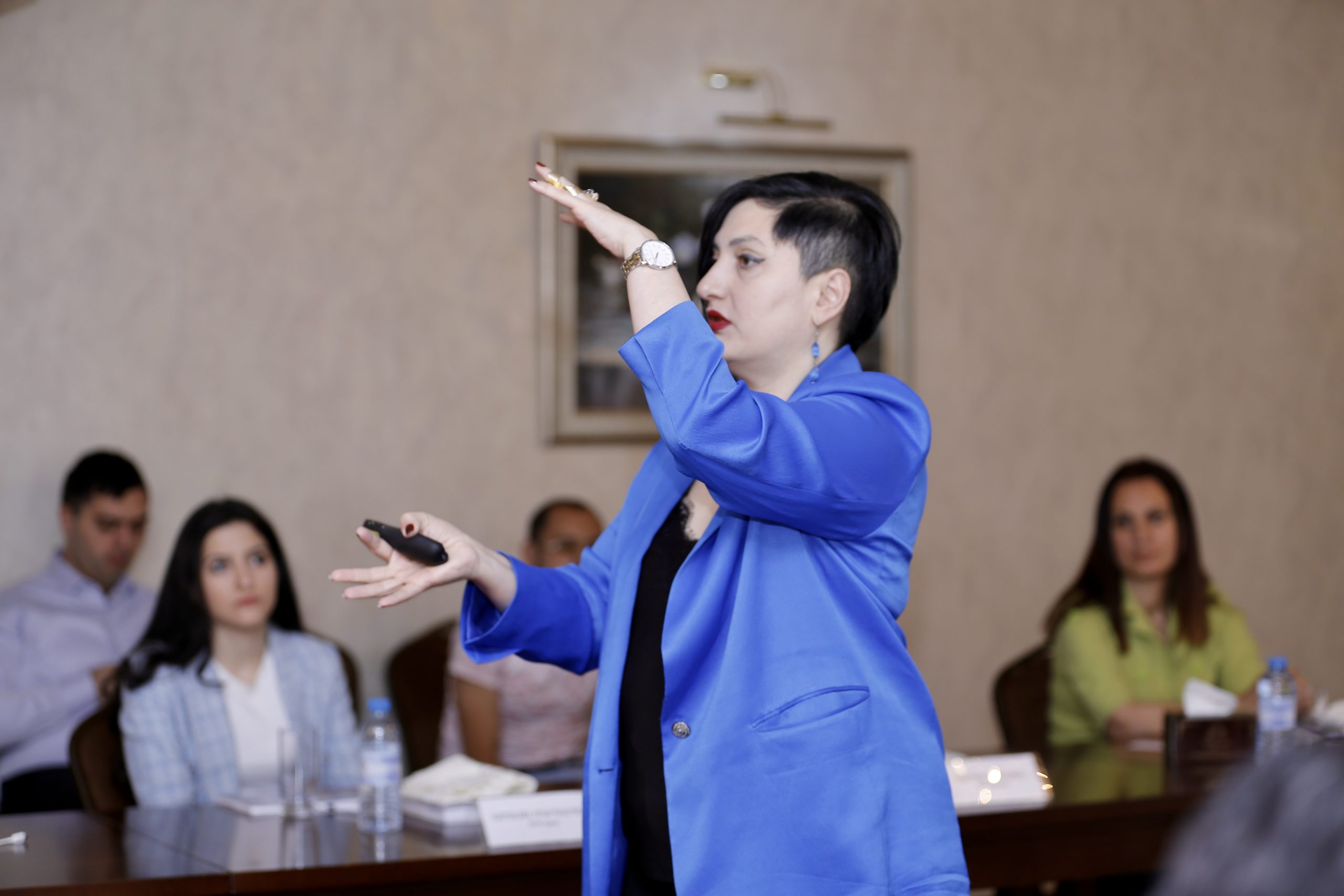
PR specialist, lecturer, associate professor at the Faculty of Sociology, YSU Nvard Melkonyan presented the results of the sociological research “Perceptions of Hate Speech by the Residents of Armenia and Manifestations of It in Media Sources and Speeches of Public Figures”. The research was done by SPRING-PR-Company.
The research aimed at finding out and summoning reliable data on the spread of hate speech in Armenia, and its consequences.
During the session, the following questions were addressed:
- Do citizens have clear perceptions about hate speech,
- In which platforms one can often find hate speech,
- What kind of hate speech manifestations are often observed,
- Why do people consume hate speech,
- What consequences does hate speech have,
- How to be protected from hate speech,
- Where is the threshold between hate speech and freedom of speech,
- What can be the main pathways for combating hate speech.
Participants discussed these and other questions with the speaker in order to find out what journalists can do to combat hate speech.

The second speaker was Arpine Hovhannisyan, Ph.D. in Law, associate professor at the Department of Civil Law of YSU. She represented the “Fake news as a tool for spreading hate speech: critique of public officials” topic.
During the first part of the session, the speaker on the example of Brexit represented 3 main big shocks that resulted in the collapse of established systems:
- The first one was the absence of works with unengaged mass,
- The second shock was a result of using technologies: e.g., spreading fake news in great volume, automatically and purposefully generated fake comments, etc.
- The third important shock was the role of an antisystem leader: if not for him/her there would be no collapse of the system.
Then the speaker also spoke about:
- What is fake news?
- What variations does it have and what is their essence?
The speaker represented the world’s practice of combating hate speech and their efficiency based on specific examples. French law, which allows courts to displace fake news within 48 hours during an electoral campaign, was discussed. It aims to prevent the possible negative impact of fake news. Germany’s case was also discussed: the Government of Germany set up to 53 million USD fine for those social media, which, when receiving reports by users, will not delete messages provoking hate. In Great Britain, they are using artificial intelligence in order to block certain formulations containing hate speech.
Tools for combating fake news and risks were also subjects of discussion. A big stress was put on the responsibilities of journalists: what they can and ought to do in order not to become spreaders of hate speech and fake news.
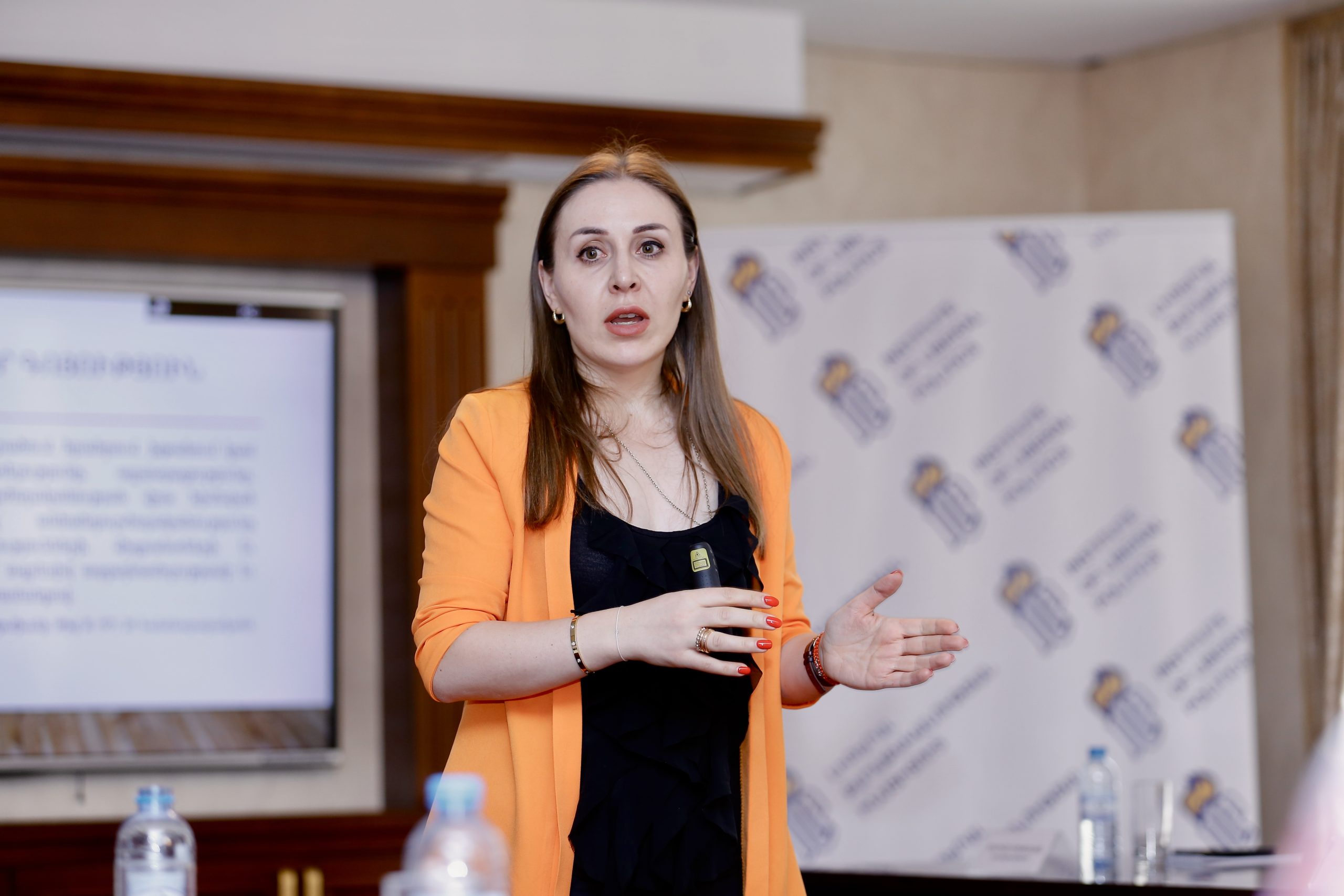
At the end of the day expert in the precedential right of ECHR, expert of the “Protection of Rights without Borders” NGO Hasmik Harutyunyan hold a session.
During her “Hate Speech, Definitions, and Principles” session, Mrs. Harutyunyan represented the main approaches, which are of paramount importance for combating hate speech, to the participants. Those approaches were represented in light of precedential cases of ECHR.
At the same time, other cases relevant to journalism on the one side and to the freedom of speech and immunity to private life, which are protected by the European Convention for Human Rights, on the other side were discussed. Participants in their turn, expressed their opinions on the topic and some ECHR cases trying to use the gained knowledge in practice.
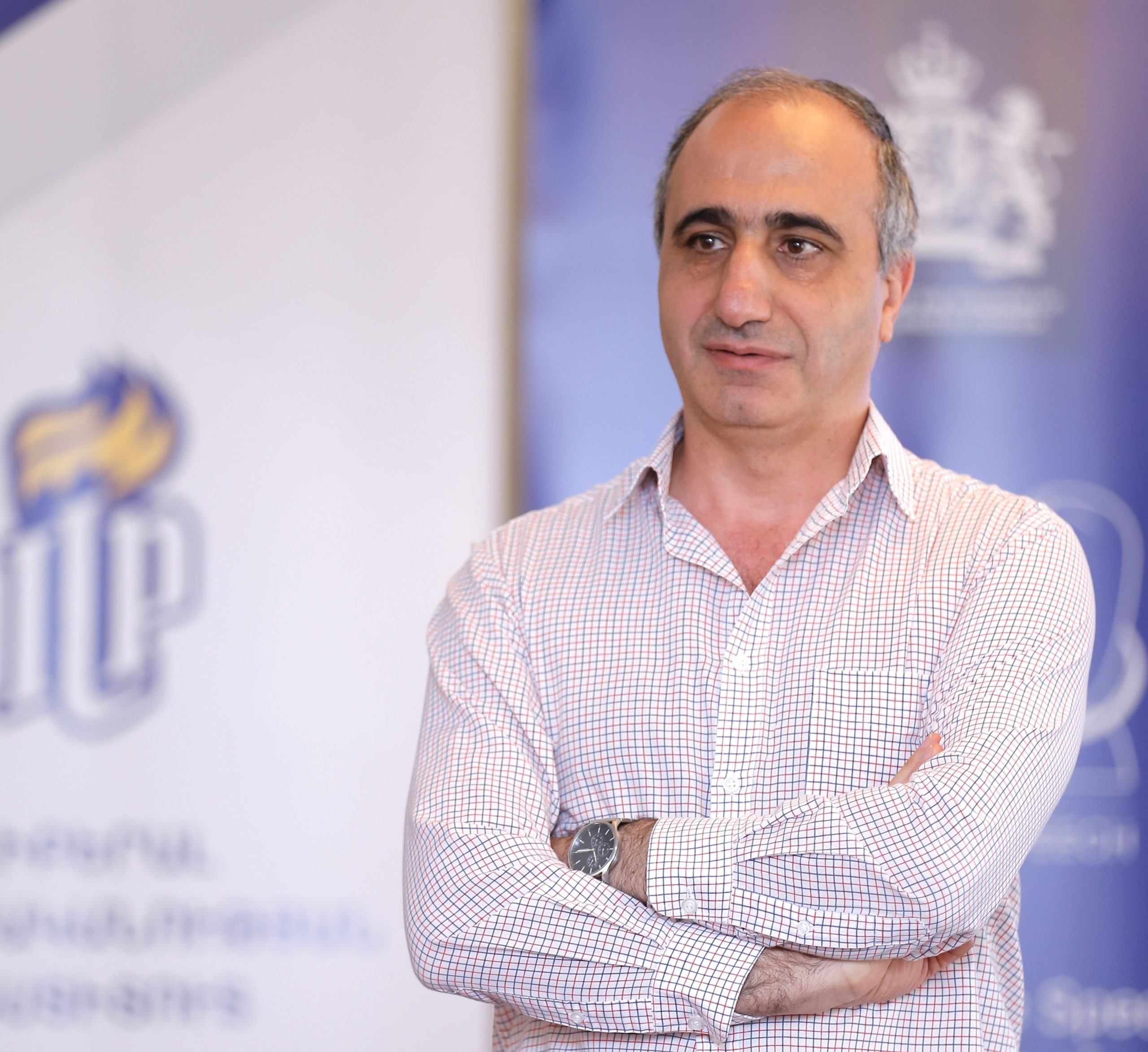
Media expert and expert of “Media Initiative Center”, editor of the “media.am” website Gegham Vardanyan was the 5th speaker. He held a session on the topic of “How to work with media excluding hate speech?”. In the beginning, participants answered a digital survey. The questions were about the professional responsibilities of journalists based on specific cases.
Then, a discussion started about those cases and participants expressed their opinion. The speaker emphasized the necessity of making decisions on the ground.
Considering the principle that hate-speech-spreading should be avoided, journalists, especially during live programs, must use their knowledge and flexibility of mind to not only prevent hate-speech-spreading but also correct the situation.
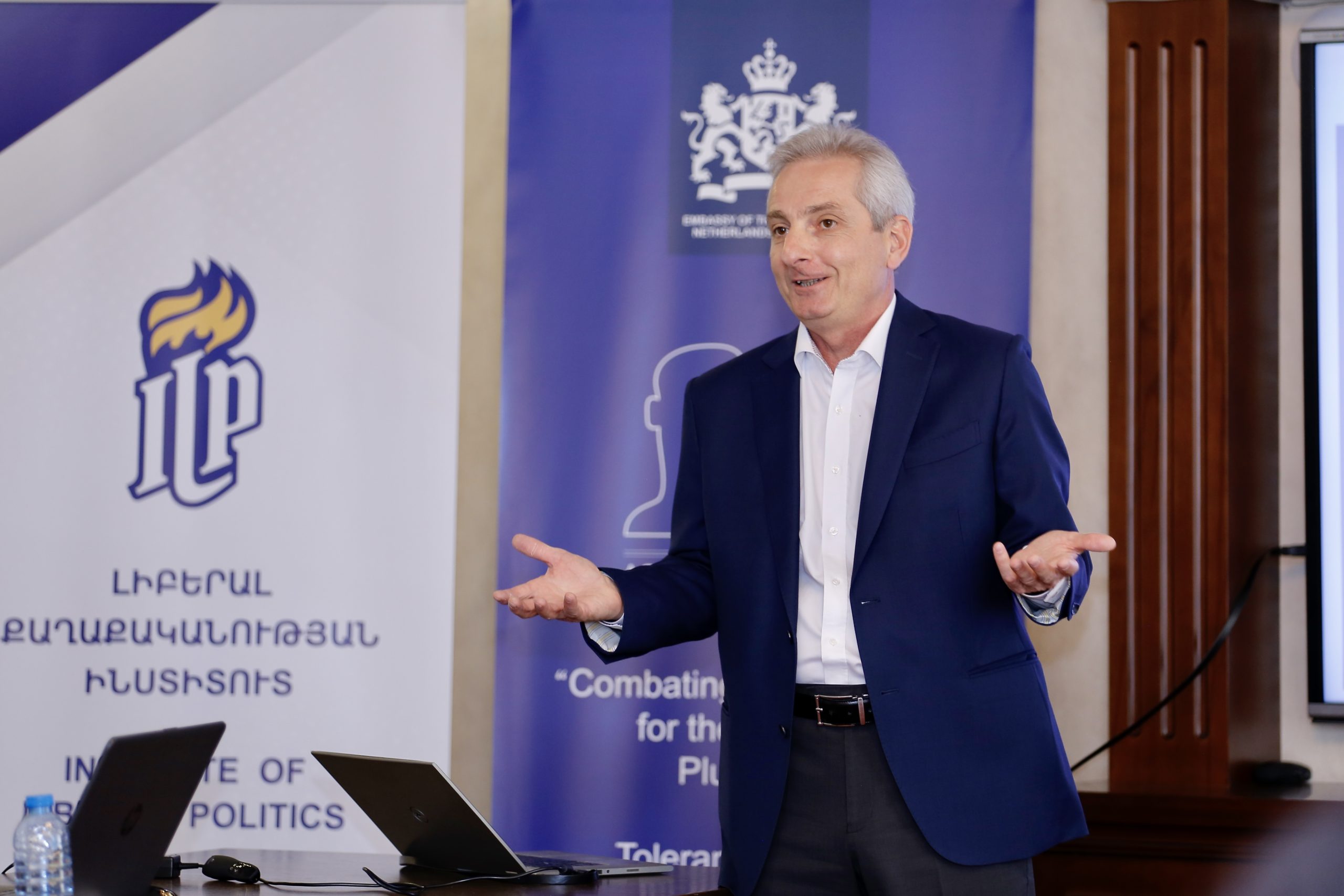
Advocate, Expert in the hate speech field, and Expert of CoE Ara Ghazaryan lectured on the topic of “Practical manifestations of hate speech, discussing judicial cases”. Mr. Ghazaryan represented the structure of hate speech, its varieties, methods of expressing it, action, object, target, and motivation.
Based on this structure participants tried to differentiate manifestations of hate speech in certain examples. Then, the speaker represented the hate pyramid in its hierarchy:
- Biased statements,
- Biased actions,
- Structural discrimination,
- Biased violence,
- Genocide.
Some judicial cases in ECHR were also discussed, including Terentyev against Russia and Perincek against Switzerland. Both cases were examined thoroughly taking into account all the details.
Besides, content, form, spread, degree of severity, probability, and other factors of hate speech were discussed. The speaker also represented domestic and international regulations for combating hate speech, and also Meta’s (Facebook’s) relevant policies.

Another important component of the training course was the panel discussion. The moderator of the first part of it was the coordinator of “Ani” Armenian Research Center Tatul Hakobyan. Participants discussed with Mr. Hakobyan the possible situations where journalists can fall under the target of hate speech.
At the Begging of the session, the speaker represented his own experience of dealing with hate speech, making remarks on the causes of it as well. Then, the floor was given to the participants, who expressed their opinion and approaches about targeting journalists, the public mood in general and other circumstances. The session was especially rich in topical and other questions, to which Mr. Hakobyan gave answers.
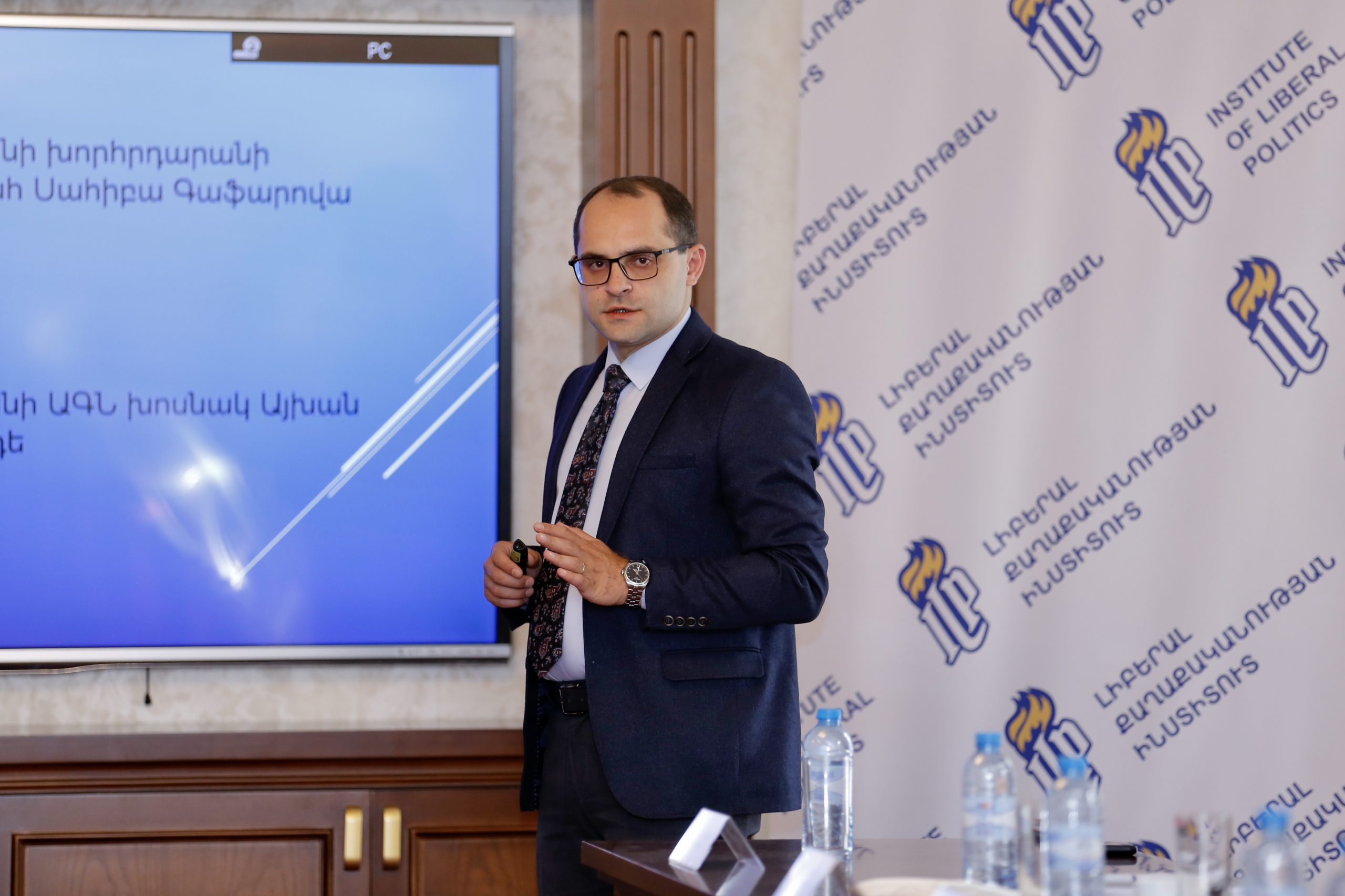
The last speaker of the session was Aren Petunc, lecturer at the Department of Oriental Studies of YSU, and manager at the Department of Foreign Relations and Development Programmes. The topic was “Hate speech in Azerbaijani media”.
The speaker represented manifestations of Armenophobia in Azerbaijani media, including its sources, aims of spreading it, and toolkit.
In the beginning, he represented how historical facts are being falsified and who are the main actors. It was emphasized that this kind of actions have both domestic political and foreign aims. During the session, participants gave many questions, and an interesting discussion arose about the possible reaction to the false theories and propaganda full of hatred.
At the end of the course, all participants received certificates from the chairperson of the “Institute of Liberal Politics” NGO Tatevik Matinyan.
Training is conducted by the Institute of Liberal Politics with the assistance of the Embassy of the Kingdom of the Netherlands to the Republic of Armenia.